Resources
AgSpeak Blog
Explore the AgSpeak Blog for expert agricultural resources.
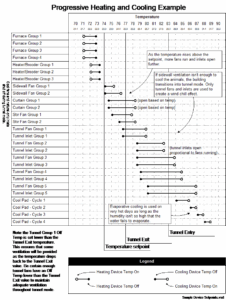
Winter Management of Tunnel Ventilation Devices
Wintertime weather brings its own unique challenges for growers. Cold temperatures force growers to focus on keeping buildings warm while simultaneously maintaining good air quality without breaking the bank with heating costs. For most of the cold weather months ventilation needs are adequately covered by “minimum ventilation” and the first couple stages of cooling. So…
Read More

Optimize Chick Performance with Gas-Fired, Low-intensity Infrared Heaters
Integrators and growers are continually evaluating and implementing automated technologies to produce birds more efficiently. The management of poultry houses during the early brooding stage of a chick’s life largely determines whether they will reach their full potential. Every hour that a chick’s environment is less than optimum reduces growth rate and increases feed conversion.…
Read More
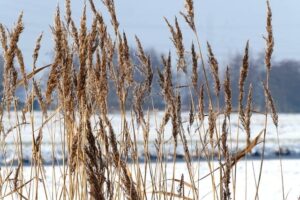
Creative Problem Solving for Frozen Feed
This week farmers across the countries endured possibly the worst thing about winter: bitter freezing cold. Some parts of the Midwest were colder than Antarctica. In Pennsylvania, it was in the negative double digits. Frigid temps cause frozen everything, the worst of which might be frozen feed lines. And the worst thing about frozen feed…
Read More
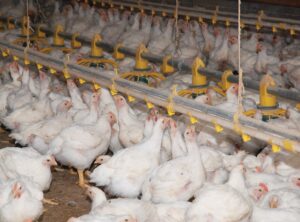
Wet Litter & Antibiotic-free… BFFs?
Litter serves many roles in a poultry barn – insulation, dust bath, scratch area, and importantly, moisture absorber. This last role is important because houses that are too dry are dusty and can lead to higher incidences of respiratory disease in birds, but too wet leads to ammonia-related illnesses including footpad dermatitis, breast blisters, and…
Read More
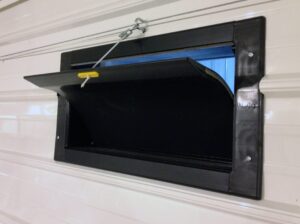
Preventing Inlet Condensation
The steep temperature difference between internal house air and external fresh air can often result in condensation around inlet openings or in the attic of the barn. Aside from being a bit frustrating to fix, it can have a serious consequence on your flock health and performance, because they are not receiving the fresh air…
Read More
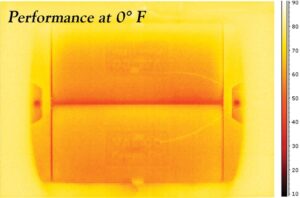
Optimizing Attic Inlet Performance
Winter ventilation comes with a unique set of challenges. Incoming air is cold and dry, heaters seem like they are always running, and the cost of fuel is only going up. Attic inlets are sometimes used to minimize the use of heaters. The idea is that the sun would warm the attic air, which would…
Read More
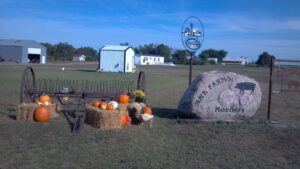
Grower Spotlight: Matt & Karen Moeller
Matt Moeller and his wife, Karen, are integral members of the South Dakota hog farming community. A farmer from birth, Matt grew up with pigs on the family farm, and often worked with his father and uncle caring for the livestock. Today, Matt raises wean-to-finish hogs, without antibiotics, for Smithfield Foods. His farm has 11,000…
Read More
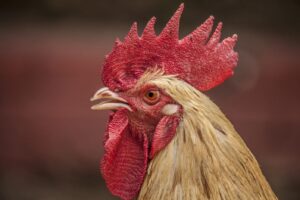
Effective Production Starts with Biosecurity
Antibiotic-free farming is on the rise, and so are the incidences of potentially devastating diseases. Because treatment is not always an option, prevention is key, and it starts with strong biosecurity practices. Here are some points to keep in mind when designed biosecurity protocols: Keep your distance – Restrict access to property and livestock to…
Read More

Improve winter brooding with air and litter quality
Winter farming comes with a unique set of challenges, especially where litter and air quality are concerned. Respiratory diseases are common in winter when there is less ventilation, and their prevalence has only been increasing since the use of antibiotics has been on the decline. Brooding is arguably the most important developmental stage and eliminating…
Read More

Is your water line the right height?
Before we get started on why drinker line height is so important, there are a few facts you need to know: One: Chickens consume 1.75 pounds of water for every pound of feed. This is a constant. Two: Chickens have a maximum rate at which they can consume water, and this rate changes with age.…
Read More
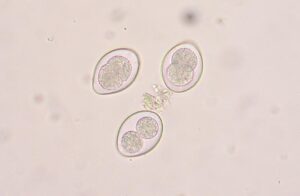
Understanding Coccidiosis
Of all of the health problems found in poultry, one of the most common is coccidiosis. It’s a parasitic disease cause by protozoa found in feces. Consumption of contaminated food or other particles continues the cycle. Coccidiosis is a manifestation of Eimeria, a genus of apicomplexan parasites. Various strains of the disease present more severely…
Read More
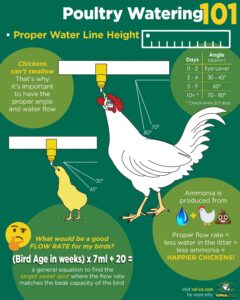
Infographic: Poultry Watering 101
Want to learn more about poultry watering? Check out the Ultimate Poultry Watering Guide. Subscribe to our blog! [grid-1-3] [email-subscribers namefield="YES" desc="" group="Public"] [/grid-1-3]
Read More
